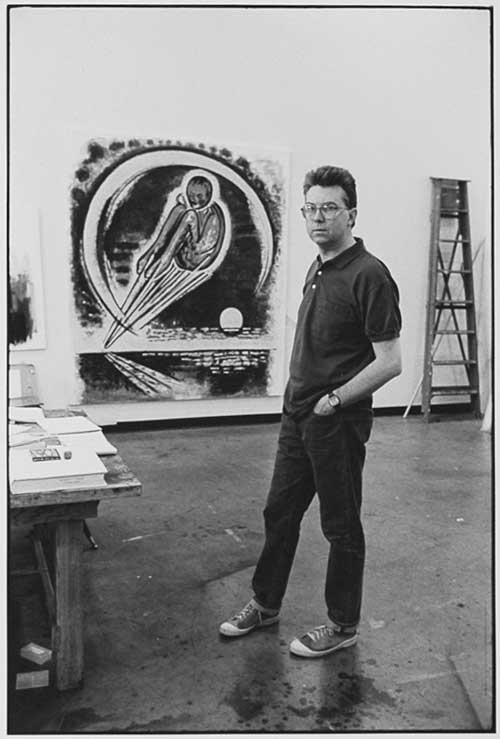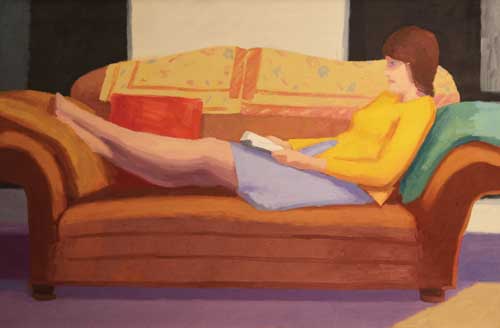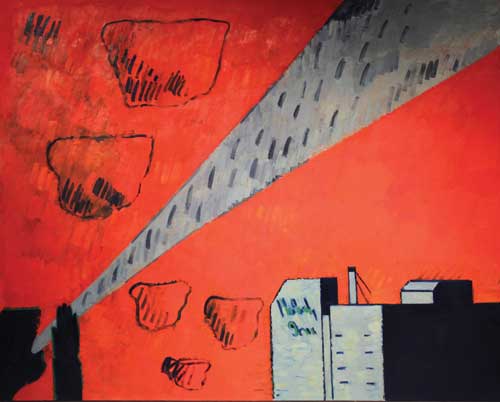John Clark was born in England in 1943. He studied painting and printmaking at Hull College of Art in England until receiving a Fulbright Scholarship, which he used to study painting at Indiana University. He eventually earned his Master of Fine Arts there in 1968.

Clark then returned to Hull College of Art, this time as the Senior Lecturer of Painting. In 1978, he moved to Canada to take a position at the Nova Scotia College of Art and Design, which lasted until 1983. During the 1980s Clark exhibited at the Southern Alberta Art Gallery and later came to the University of Lethbridge as a visiting artist. In 1986, he was hired permanently as associate professor of art and he remained at the University of Lethbridge until his untimely death at the age of 46 in 1989.

Clark had an antagonistic view towards "conventional newness", as he called it in a journal entry from 1989, and as a result his paintings often explored ideas of figuration, transformation and the metaphysical.
Rosemary J. Preuss describes Clark's later works best in John Clark: Transformation and the Void Volume One, where she stated that, "throughout all the challenges in his mature oeuvre, art making remained for Clark an existential activity in which the search for meaning was of the essence. He resisted the literal and the illustrative in his painting, and sought a transformational art, an affirmation of being in the face of the void."

Therefore, from this loss perhaps there is comfort in the notion that Clark's time spent searching for meaning was achieved by the end of his life, evident through the memories of his colleagues, friends and family, as well as through his many artworks included in the U of L Art Collection.
This story first appeared in the May 2013 edition of the Legend. For a look at the full issue in a flipbook format, follow this link.
